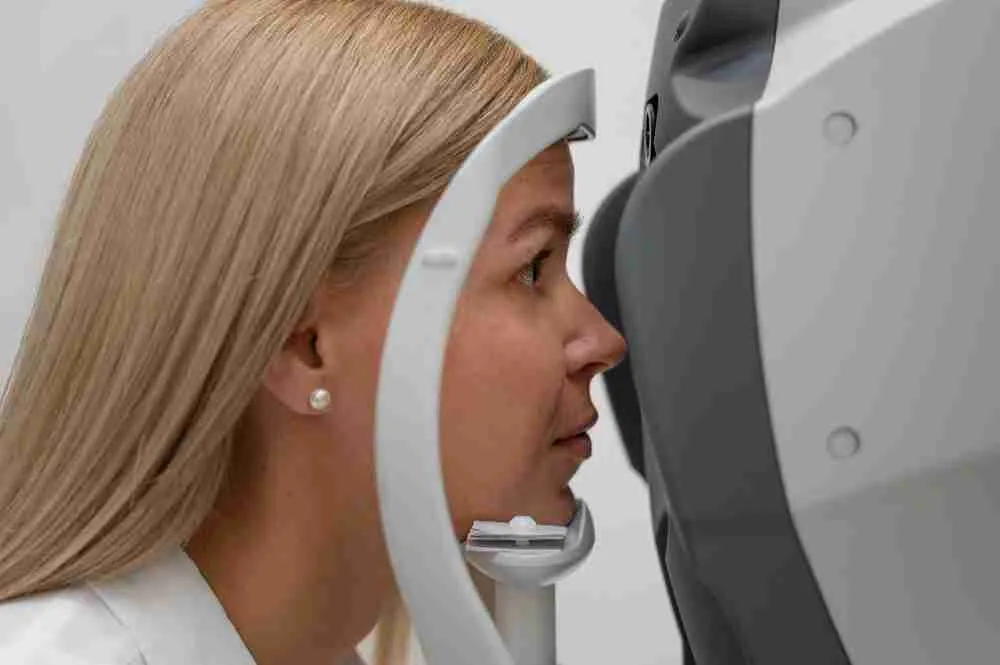A very important sensory organ of the body is the eye. It is essential to keep this organ healthy to lead a meaningful life. 'Uveitis' is an eye problem that is pretty frequent with people. In this medical condition the black part of the eye faces constant irritation. The initial symptoms of this illness are redness of the eye, blurred vision and a burning sensation. Although this condition is easy to cure through some ancillary medication prescribed by the doctor, if it is not taken care of for a long period of time it can result in more problematic and serious eye problems like cataract. A very simple definition of 'Uveitis', to easily understand the meaning of the term is Inflammed Uvea which actually is the middle layer of the eye. This inflammation leads to the irritation, swelling or the redness of the eye. The middle layer of the eye which is called the Uvea is made of a total of three parts. The 'Iris' is the first part. It is the coloured ring of tissue which forms the black of the eye. In the centre of the iris is a dark colour circle which is called the pupil. The second part is the ciliary body and the third is the choroid which is located behind the iris and is thus invisible to us. The retina and the sclera form the white part of the eye.
Uveitis Symptoms
There are three types of 'Uveitis'; these include the Anterior, intermediate and the posterior. All the three have a variety of symptoms. For example the Anterior type of 'Uveitis' can lead to redness of the eye, blurry vision, a condition called Photophobia (Sensitivity to the light), irregular pupil condition, eye pain, head pains and floaters. The intermediate condition results in blurry vision and floaters. It usually affects only one eye, and photophobia and pain are uncommon. The Posterior condition leads to both floaters and blurry vision and also photopsia (seeing flashy lights)Causes of Uveitis
Known to be an illness that occurs in isolation, 'Uveitis' can be associated with diseases involving major body parts. The cause of this eye illness can be divided into two:- Auto-Immune causes which include:
- Fuchs Heterochromic Iridocyclitis (predisposition to cataract)
- HLA-B27 related uveitis
- Tubulointerstitial nephritis and uveitis syndrome
- Sympathetic Ophthalmia (Inflammation in both the eyes, with symptoms developing in an onset of days to years).
- Infectious causes which include:
- Brucellosis, which means the intake of unpasteurized milk or meat that is undercooked or unhygienic secretion contact
- Leptospirosis by the Leptospira bacteria
- Lyme disease which is a Tick-bourne disease
- Presumed ocular histoplasmosis syndrome
- Syphilis
- Toxocariasis caused by larvae of the dog roundworm, the cat roundworm or the fox.
- Toxoplasmic chorioretinitis
- Tuberculosis
Treatment
This eye condition needs immediate treatment by an optometrist or ophthalmologist. One has to reduce the inflammation and cure the illness as soon as possible. This is because the eye condition is serious as it may even scar the eye. Eye drops like corticosteroids and pupil dilators effectively lower the swelling and ache. If the inflammation is more severe than oral medication or injections have to be used. If the illness is left untreated it might cause:- Glaucoma (increased pressure in the eye);
- Cataract (clouding of the eye's natural lens);
- Neovascularization which means development of new, abnormal blood vessels; or
- Retinal damage which includes retinal detachment, damage to the optic nerve or both.

Reviewed by







